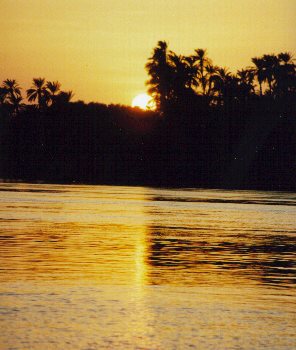You may have already tracked my hike of Mt. Kilimanjaro via the Machame Route through my prior posts (if not, you may want to check them out starting with Day 1!). One of the most spectacular moments in the climb of the roof of Africa is the approach to Stella Point. See, Stella Point is one of the entry points to the rim of Kilimanjaro from which the final push to the summit (less than an hour away on less sloped terrain) takes place. For many people, like me, arriving at Stella Point is a moment of celebration even if you are not done yet. I just KNEW I would make it to Uhuru Peak (the summit) even if there is no guarantee really as you still have to climb 600 ft or so crossing the 19,000 ft threshold along the way to Uhuru.
But not only is reaching Stella Point a key milestone, you also approach it right as the sun breaks the horizon which makes it a priceless moment for sure – one I will never forget…

























































